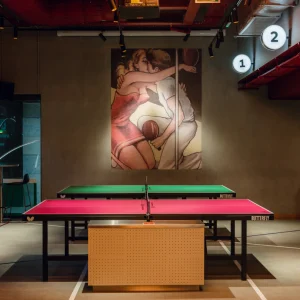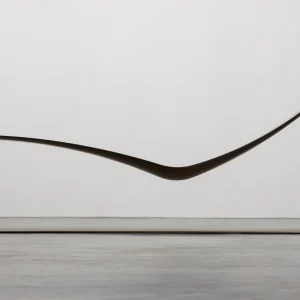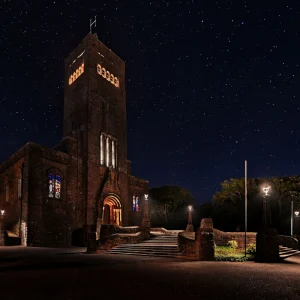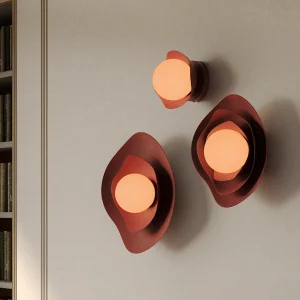BIG has conceived the 33,000 square meter space as the blend of four forms- a circle, a rotunda, an arch and a yurt. These forms will be anchored by a single double-looping surface plane that wraps the entire structure. This merged structure will resemble a Moebius strip- a surface with only one side and only one boundary component.
The building, akin to a continuous circulation, features two interlocking structures. One is a perfect circle and the other a public spiral. The horizontal program is designed to shift to a vertical configuration.
The horizontal organization houses library museum and support functions and vertical organization is piled on top of each other through a diagonal organization.
This is achieved by combining vertical hierarchy, horizontal connectivity and diagonal view lines. This transforming composition of spaces wrapped in a continuous skin results in Möbius strip volume where the facades move from inside to outside and back again.
The skin changes from wall to roof as the strip develops. The structure reflects the mixing up of a clear lineal organization with an infinite loop.
The challenge in designing the new National Library in Astana, Kazakhstan’s new capital, was to render a design displays a symbiosis of urbanity and nature that will be integrated into the heart of a re-created Kazakh landscape. The library is encircled with a park signifying a living library of trees, plants, minerals and rocks.
The archive collection of books will be organized as a circular loop of knowledge, surrounded by light and air. A courtyard domed by the light blue vault will be located at the heart of the building. The circular form represents clear and intuitive orientation in the vast and growing collection. T
he perfect circle also represents a series of public programs that are expected to enfold the library on the outside as well as the inside. The significance of Möbius strip is highlighted by the public programs that move seamlessly from the inside to the outside.
BIG was awarded the first prize in the competition beating 19 entrants including Lord Norman Foster and Zaha Hadid. The design has been selected thanks to its modern and rational aspects anchored in a classical vocabulary of traditional libraries.
Bjarke Ingels, founder of BIG, said the unique combination of clarity of the circle, the courtyard of the rotunda, the gateway of the arch and the soft silhouette of the yurt results in a new national monument appearing local and universal, contemporary and timeless, unique and archetypal at the same time.





